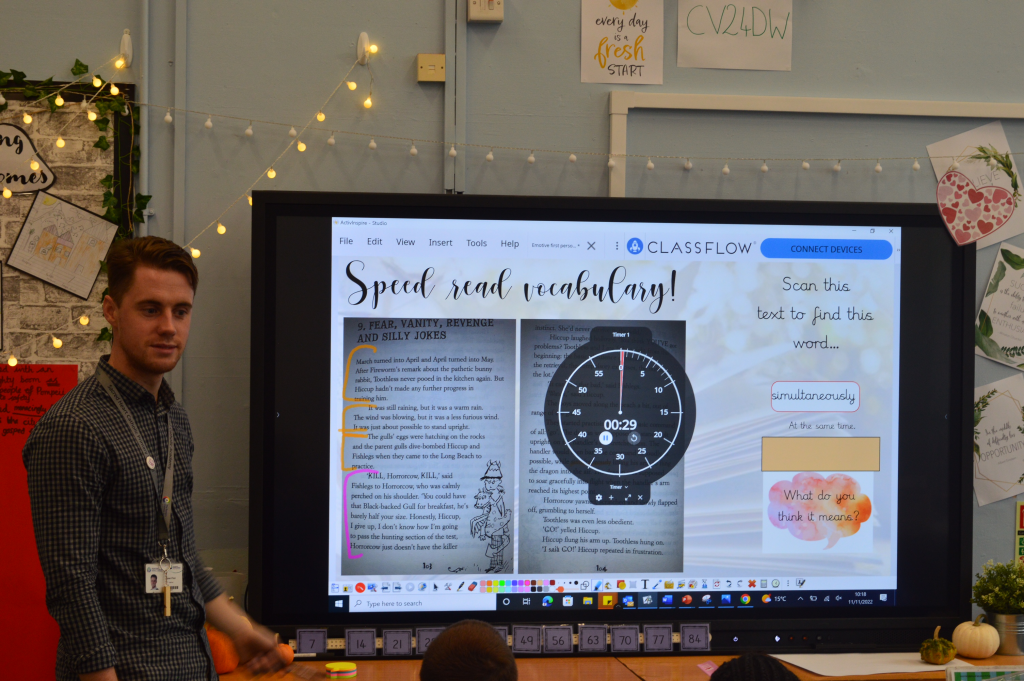
There’s been much research conducted in recent months exploring the role, pressures and wellbeing of teachers against the backdrop of ongoing strike action.
The National Education Union asked 18,000 teachers and support staff about the pressures and causes of long working hours and found half (48%) consider their workload unmanageable most or all of the time. More than a third of teachers said they are stressed 80% or more of the time, while two-thirds said they feel this way more than 60% of the time. Almost half of support staff said they feel stressed more than 60% of the time.
In our own research, we found that 51% of teachers have had to take on a heavier workload as a direct result of strikes, which they say has had a knock-on effect on IT and admin support (40%), funding (16%) and support from substitute teachers (9%).
Well-designed edtech should always make teachers’ lives easier, and one of the best ways it can do this right now is by saving time – by being intuitive, simple to get started, and easy to get to grips with. As part of our State of Technology in Education report, we found that in the last 12 months, the things teachers have found most helpful are being able to bring experts into the classroom virtually (51%), having lesson content available centrally online (40%) and hybrid learning models (24%).
A philosophy based on feedback
Some edtech solutions make it easy to repurpose existing lesson materials. At St Christopher’s School in Hampstead they have been looking at ways to push academic boundaries with edtech that might otherwise have required hours, days or even weeks away from the classroom. For example, geography teachers use Google Earth on the panel to capture, annotate, and screen share content with pupils’ digital devices, helping to create an immersive experience by enabling students to visualise content.